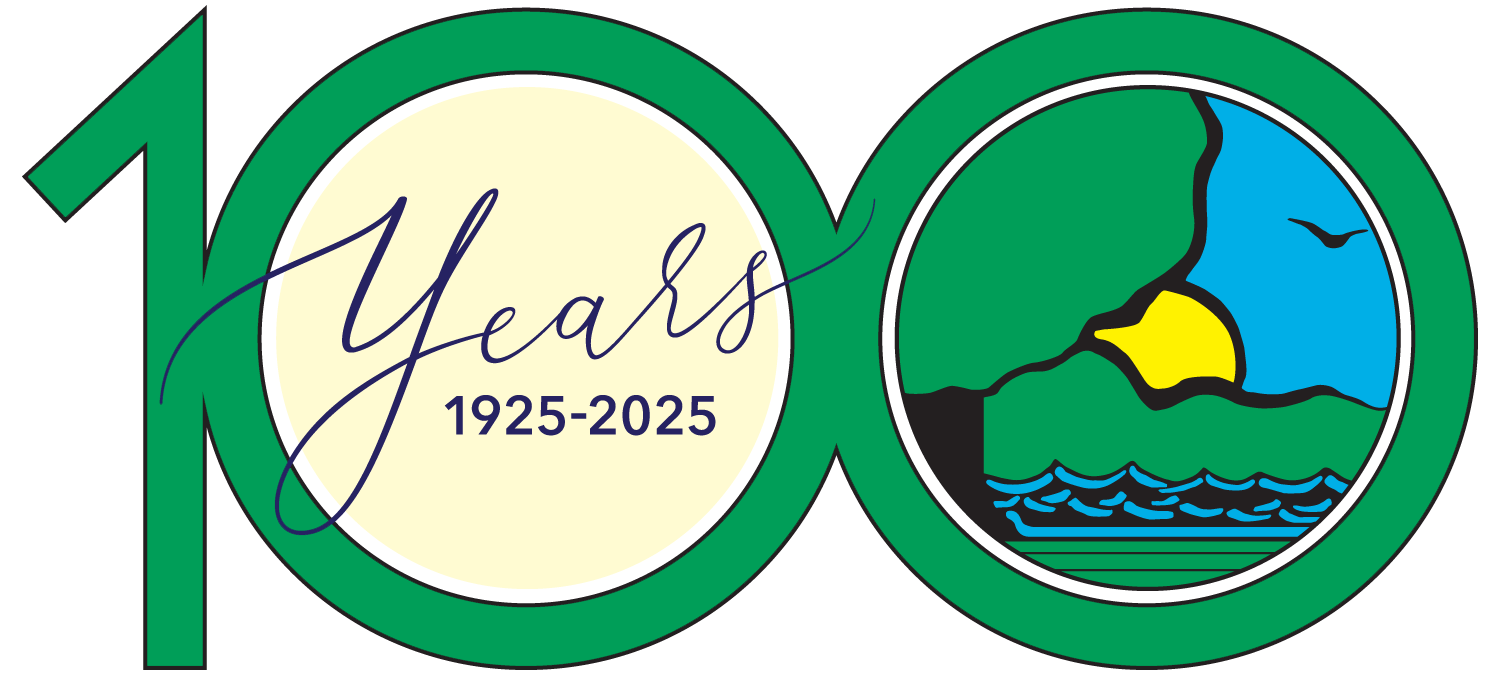In this series we examine Illinois state sites benefiting from sportsmen’s contributions through the Federal Aid in Wildlife Restoration (Pittman-Robertson or PR) program. One of the largest, and longest running, projects is the Statewide Public Lands Wildlife Habitat Development Project (W-76-D), designed to create wildlife habitat on public lands, provide facility access and recreation opportunities, and establish wildlife management demonstration areas for Illinois citizens.
Spanning both sides of the Kaskaskia River from the Mississippi River to Fayetteville, Kaskaskia River State Fish and Wildlife Area is one of Illinois’ largest state-owned and managed sites. The nearly 20,000-acre complex contains channelized river, oxbows, sloughs, backwater lakes, bottomland timber, cultivated fields, native grass patches, brushy areas and fallow fields, as well as Baldwin Lake, a 2,018–acre reservoir popular with anglers and serving as a waterfowl refuge. Federal monies were utilized in the purchase of 235 acres of habitat at the site.

The 500-acre Doza Creek Waterfowl Management Area is located on the east side of the river and managed to provide waterfowl hunting. A nearby 60-acre impoundment is managed as a waterfowl refuge.
“Our objective at Doza Creek is to provide quality waterfowl habitat for both fall and spring migrants by providing refuge and food opportunities,” said Illinois Department of Natural Resources District Wildlife Biologist Carl Handel. “A manmade impoundment, we are able to drain the Doza Creek Area annually to promote moist-soil plants for food, and we enhance the food sources by planting several agricultural plots.”
Those food plots total about 300 acres annually. In addition to plots providing food for waterfowl are plots specifically managed for mourning doves.
Management of the complex is a partnership between numerous organizations. “In addition to the Illinois Department of Natural Resources, property within the complex is owned by the Illinois Power Company, Illinois Department of Transportation and the Kaskaskia Regional Port District,” Handel explained. “Working hand-in-hand, we are able to meet the needs each organization has to fulfill their mission, and provide quality recreational opportunities for Illinoisans.”
Ducks Unlimited also partnered with the state through a Marsh Project that contributed funds for wetland enhancement projects at Beaver Lodge, Riley Lake and Baldwin Access. Such projects improve the habitat as a feeding and resting area for waterfowl, shorebirds and other water-dependent species.
Kaskaskia River Fish and Wildlife Area staff annually coordinate about two dozen agricultural leases on about 688 acres. Revenue from these leases generates about $110,000 that is used to further habitat enhancement projects and operate managed hunt programs.

Available Game Species
Species available are deer, turkey, rabbit, quail, squirrel, dove, teal, rail, snipe, woodcock, duck, goose, raccoon, opossum, skunk, fox and coyote.
Hunter Fact Sheet with Hunting and Trapping Regulations for Kaskaskia River SFWA
https://huntillinois.org/sites/kaskaskia-river-sfwa/
About the Site
10981 Conservation Road, Baldwin, IL 62217

(618) 785-2555
Counties: St. Clair, Monroe, Randolph
Website: https://dnr.illinois.gov/parks/park.kaskaskiariver.html
Email: dnr.r4parks@illiois.gov
Directions: Kaskaskia River State Fish and Wildlife Area is 4 miles north of Baldwin off of Illinois Route 154, or 6 miles south of New Athens off of Illinois Route 13.
Kathy Andrews Wright retired from the Illinois Department of Natural Resources where she was editor of OutdoorIllinois magazine. She is currently the editor of OutdoorIllinois Journal.



Submit a question for the author
Question: Would like some insight on why the beaver lodge waterfowl management just went to shit . It’s unbelievable that these hunting areas are just being grown up into what no one can even get through. They were planting corn and this year it’s just weeds , in two years you won’t be able to walk through it
Question: I’m a resident of Florida. Wanting to come up,for archery season an deer hunt. I would like to know,if I’m able to use a boat.To access the public land. And is there anything that I might need to know, before I get there.
Thanks Chris.
Subscribe to our Newsletter
Explore Our Family of Websites
Similar Reads
A Century of Conservation: How Illinois Brought Back the White-tailed Deer
November 3, 2025 by Kaleigh Gabriel
The 2025-2026 Upland Hunting Forecast
November 3, 2025 by Don Kahl
Gardner Camp’s Kid’s Trapping Camp Helps Ensure Trapping’s Future
November 3, 2025 by Tim Kelley
Appreciating the Understated Beauty of Native Grasses
November 3, 2025 by Sima Shah
Remembering John L. Roseberry
November 3, 2025 by John Cole
Illinois Waterfowl Hunting 2025-2026 Forecast
November 3, 2025 by Doug McClain
Return of the Giants: The reintroduction of alligator gar to the Cache River
November 3, 2025 by Mark Denzer, Rob Hilsabeck
The Culture, History and Values of Modern Trapping
November 3, 2025 by Kathy Andrews Wright
A Wild (Turkey) Century of Recovery
November 3, 2025 by Kathy Andrews Wright
Public Lands Dedicated to Illinois’ Hunting Heritage for a Century
November 3, 2025 by Kathy Andrews Wright